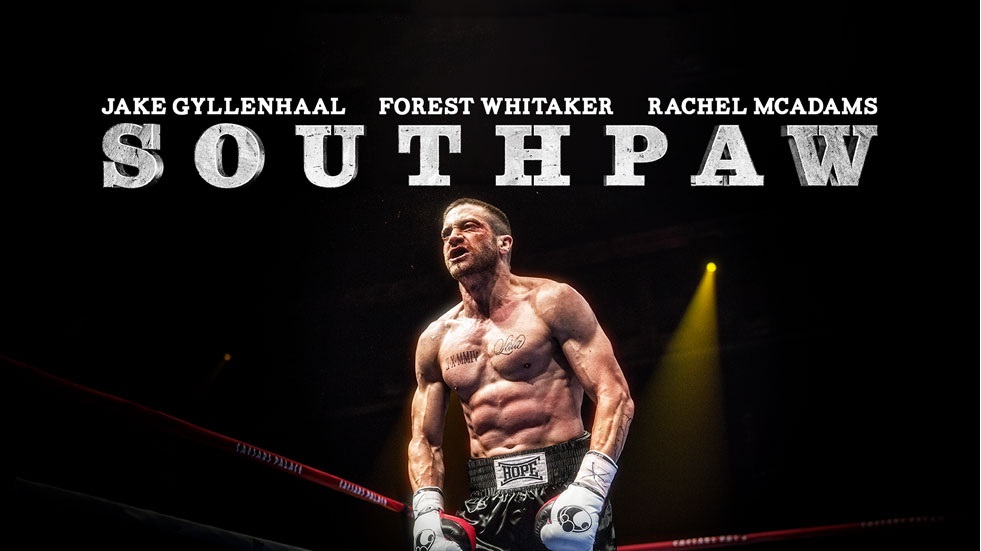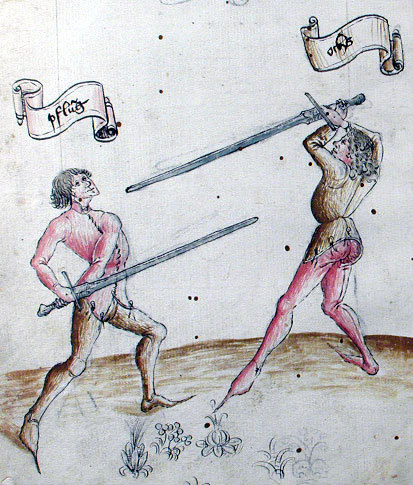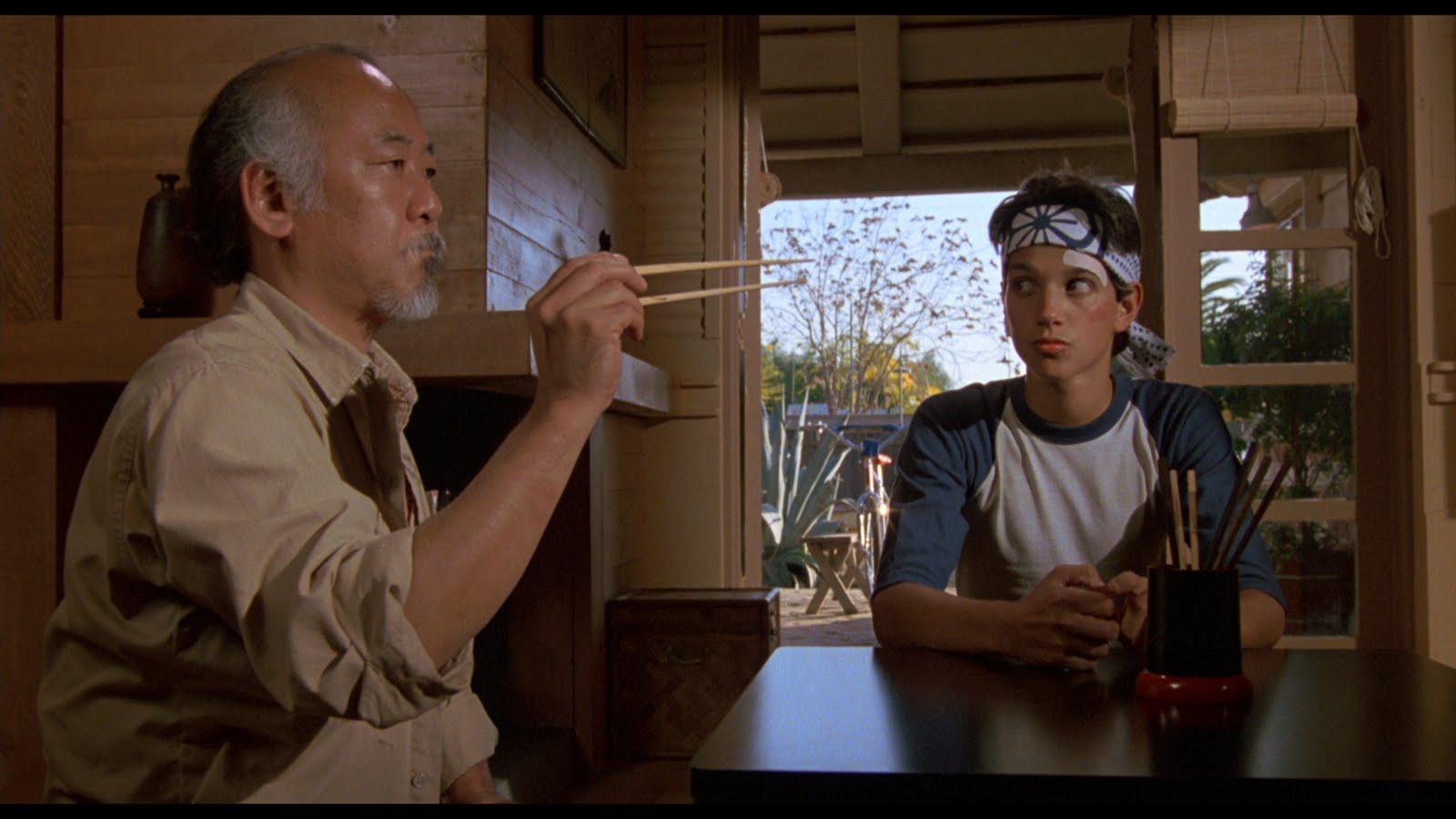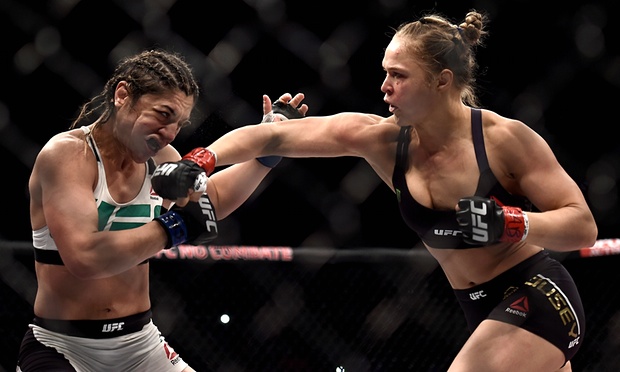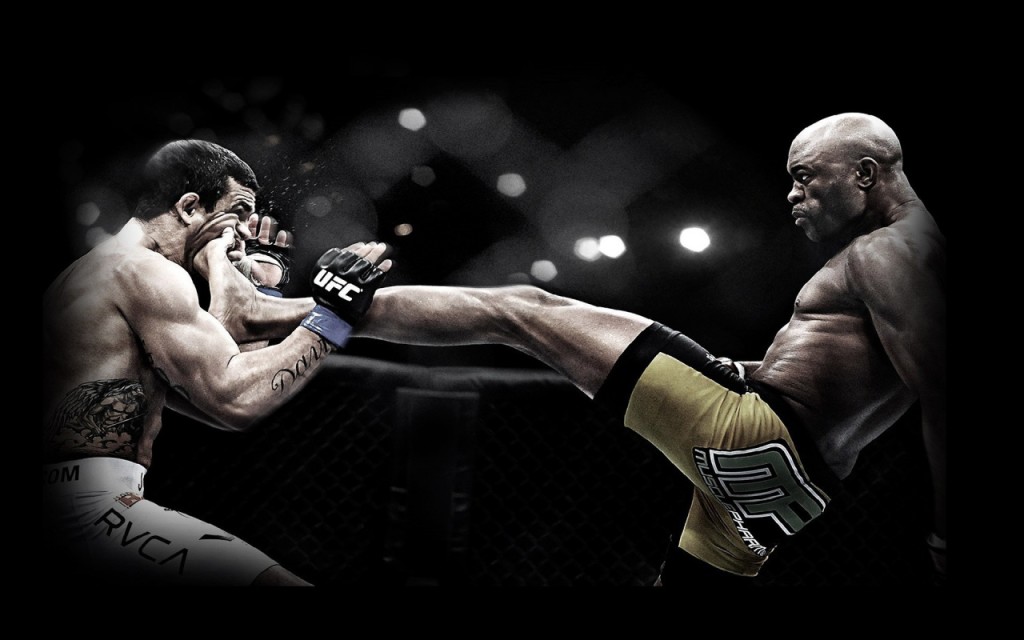
The value of a martial art is determined by its validity for self-defense. That is my bias. If I wanted to learn choreographed movements I would do dance and if I wanted a competitive sport that wasn’t going to help me defend myself I would play basketball. We learned at UFC 1 that any art that is not trained in a competitive setting cannot be relied upon to protect you under pressure.
Many traditional martial artists and reality-based self-defense practitioners rightfully argue that the rules needed for competition water down the applicability of an art in a no-rules scenario. What we are left with is a paradox: while hard competition is necessary to fully prepare a martial artist for a confrontation, the rules necessary to compete impinge on that martial art’s applicability in a self-defense setting.
But all rulesets are not created equal. With each set of rules, we see emergent strategies and styles that are unique to each art. Although these strategies are not all applicable for self-defense, they do all create very specific tools that can be applied to a greater self-defense repertoire. Let’s explore a few of these below, and then you will be able to use this type of thinking to assess other martial sports and find their utility.
General Assumptions:
We learned in UFC 1 and on that in a one on one fight a pure grappler will always beat a pure striker of equal caliber. This is because despite anything the striker says, if they do not train takedown defense against real grapplers they will be taken down and defeated on the ground. Grappling is also safer for altercations involving friends or acquaintances where you need to restrain someone and not hurt them. In my experience these are far more common than genuine self-defense situations.
The Team Fighting Championship (TFC) has shown us further that in a fight with ambiguous numbers, a grappler who is outnumbered will always lose. Inevitably once one team outnumbers the other, they simply have to outnumber and ground and pound the defenders. In a fight with ambiguous numbers, a fighter who can strike and maintain distance may be able to survive and escape. Here’s a good example of this:
Based upon these two assumptions, striking will generally be better for defense, but you also need to be training in grappling for takedown defense and for the times when you need to use less force. Furthermore, the generalist will be able to defeat either of these specialists, because he/she will be able to defend adequately enough at all ranges to bring the fight to where he has the advantage.
Equipment:
Gloves – Gloves are a weapon. It’s as simple as that. Most people wrongly assume that gloves are meant to protect the person being struck, but really they protect the puncher’s hand. The advantage of gloves is that they allow people to safely punch with a harder force without fear of fracturing their hands.
There are also punching tactics that naturally evolve when using gloves that are not necessarily safe or useful otherwise. For instance, punching the face with bare hands can still be effective, but if the defender moves and your fist connects with the skull instead of the softer parts of the face, you will almost certainly break your hand.
In addition, by practicing primarily with gloves, you do not become accustomed to the proper wrist bracing needed without wraps. It is possible for many beginners to never learn to properly punch without wraps (to learn proper punching read this old-school boxing manual from Jack Dempsey). After saying all of this I will say that in the heat of the moment with adrenaline pumping through your veins, it may not even phase you if you break your hands – it’s just not ideal.
To mitigate this I recommend reading the above manual and training on a heavy bag without wraps periodically. It doesn’t have to be your primary training, but you just want to get an understanding for what you can and cannot do with your bare fists. Be careful to start slow, and with practice you will be able to punch very hard without injury. Use your judgment here. This is not about bone strengthening or building calluses- the purpose of this is learning proper fist alignment and wrist bracing.
Gi (Martial Arts Uniform) – The gi has a huge impact on grappling styles, both for the positive and the negative. By training in the gi, you will learn the intricacies of combat while wearing clothes. Depending on your climate, it is a near certainty that in most self defense scenarios your opponent will be wearing some type of clothing. Being able to use that clothing as a tool is a huge advantage against someone who is not suspecting it. This seems particularly applicable in self-defense when you should be using anything and everything at your disposal to survive.
However, it is easy to grow dependent upon the gi, and it is essential to have a grappling repertoire that is applicable in all scenarios. No-gi should act as your foundation that you then layer collar chokes and other gi techniques on top of as needed. If you train gi exclusively, make a personal commitment to not use your grips for a few rolls per week. This is a huge handicap to give yourself, especially if your partner is still using grips. You will learn a lot this way.
Styles/Rules:
We have established that every style has its own strengths and weaknesses, but let’s quickly run through a couple to help you to have a better understanding of the strengths and weaknesses.
MMA– Mixed Martial Arts is by far one of the most flexible rulesets. This flexibility allows for many different styles to flourish, and the sport is evolving more every year. When discussing its applicability it is important to take these different styles into consideration. Beyond just strikers, who often resort to low kicks (learn more about this at Low Kick MMA) for a strategic win, and grapplers, there are counter strikers, brawlers, ground-and-pounders, submission artists, and many other more nuanced styles that can be successfully applied. Obviously, this will be the case for any sport, but because of the flexibility of the rules, this diversity is amplified.
The primary drawback with MMA is that it does not prepare one directly for a multiple opponent or weapon-defense scenario, but this is true of most competitive martial arts (except for a select few). Because this is true of most arts, I will not bring it up again, but keep it in mind for these arts moving forward.
MMA’s other drawback is that someone can be quite successful while implementing ground and pound or submission styles. These tactics can work in a one-on-one, but are much less applicable in self-defense. However, if you choose to operate as a striker stylistically and make an effort to learn to defend takedowns and stand up quickly, you will be able to get almost everything you need from a martial art.
The other two things to consider as mentioned above is that this art uses gloves and operates without a gi. Take this into consideration and make your own value judgments in this regard.
BJJ– This is widely considered to be the definitive art to train for ground-fighting. Points are awarded in competition for holding and gaining positions, and the victory is granted to either the player with the most points or the one who scores a submission. The points awarded for takedowns are not significant and because of this, takedowns tend to be underemphasized in this style. BJJ schools tend to wear Gis, but there are many schools that train no-gi in addition to this, and some train exclusively no-gi. There are competitions in both gi and no-gi, meaning that if you pick a good school the drawbacks of the gi will not be as much of an issue.
Boxing/Tae Kwon Do(TKD)/Wrestling– Many people will be mad that I grouped all of these into the same category. Give me a second to explain myself. All of these arts provide rulesets that severely limit their usage to one specific tool. With boxing that tool is your hands, specifically punching. In Tae Kwon Do that tool is kicking, and in Wrestling that tool is takedowns. I wanted to group these together to explain the concept of specialization.
Having a highly specialized toolset will ultimately create experts at a given skill, however it is very important to remember the principles outlined above under “General Assumptions” when considering these specialties. Based upon these principles wrestlers will likely succeed in a one-on-one scenario, and Boxers and Tae Kwon Do practitioners will both apparently be better for multiple attackers.
One thing needs to be added here: the importance of maintaining a strong foundation. I have no doubt that many TKD practitioners could defend themselves well in a fight, especially against someone not expecting a kick, but generally speaking, punches are a lower risk technique because they are faster and you keep your legs firmly below your center of gravity. It is possible to retreat while punching, which will be impossible while kicking.
Because the clinches and haymakers are so common in fights, these are the two scenarios that make the most sense to prepare for, which could easily justify using a highly specialized system such as boxing or wrestling to prepare for a self-defense situation.
What we see with TKD is that the special tools developed in this art, while useful when properly applied, are not the essential tools needed in every-day altercations. Take this into consideration when evaluating other arts.
Judo– This is an interesting set of rules, because the emphasis tends to be in stand-up grappling. The competitors wear gis and try to throw each other onto their backs. If you are able to make such a throw you will score an ippon and win the match. I respect this rule because it takes into account the damage that can be done with a throw on concrete or even grass.

In the recent past Judo has had a lot of rule changes that many think make it less applicable for MMA and combat in general; but I disagree. For instance, one rule in Judo is that you have to be moving in Judo on the ground, and if you do not make progress towards a pin or a submission, the referee will stand you both up. This can result in some defensive tactics that are unrealistic, but at the same time, it is important to train to go for submissions quickly in self-defense. Every second you stall is another second for your assailant’s friends to come to his aid. In Judo you can also score with a pin. The same principle applies here. If someone can hold you down long enough for his friends to arrive, then you have lost the fight. I don’t think many people think about this when they think of the rules in grappling.
The drawbacks of this art come from certain takedowns such as double leg takedowns being outlawed, and a variety of submissions being disallowed. In addition, no-gi Judo does not exist, and despite it being a part of the sport, many Judo schools do not even train on the ground.
Conclusion:
When considering martial sports as a means of self-defense, it is important to carefully consider the drawbacks and advantages that the ruleset contributes. I hope that this brief overview has helped to create a framework through which you can more deeply analyze the mentioned arts and also analyze those that went unmentioned (you should look into these). Until I write a full guide on which martial art is best for you, I recommend some form of grappling (enough to stay standing and perhaps restrain someone) in addition to a striking art, probably boxing. If you can find it, take a look into Dog Brothers for weapons, and you will be good to go.
Please feel free to comment below with any corrections and I will update the article accordingly.






